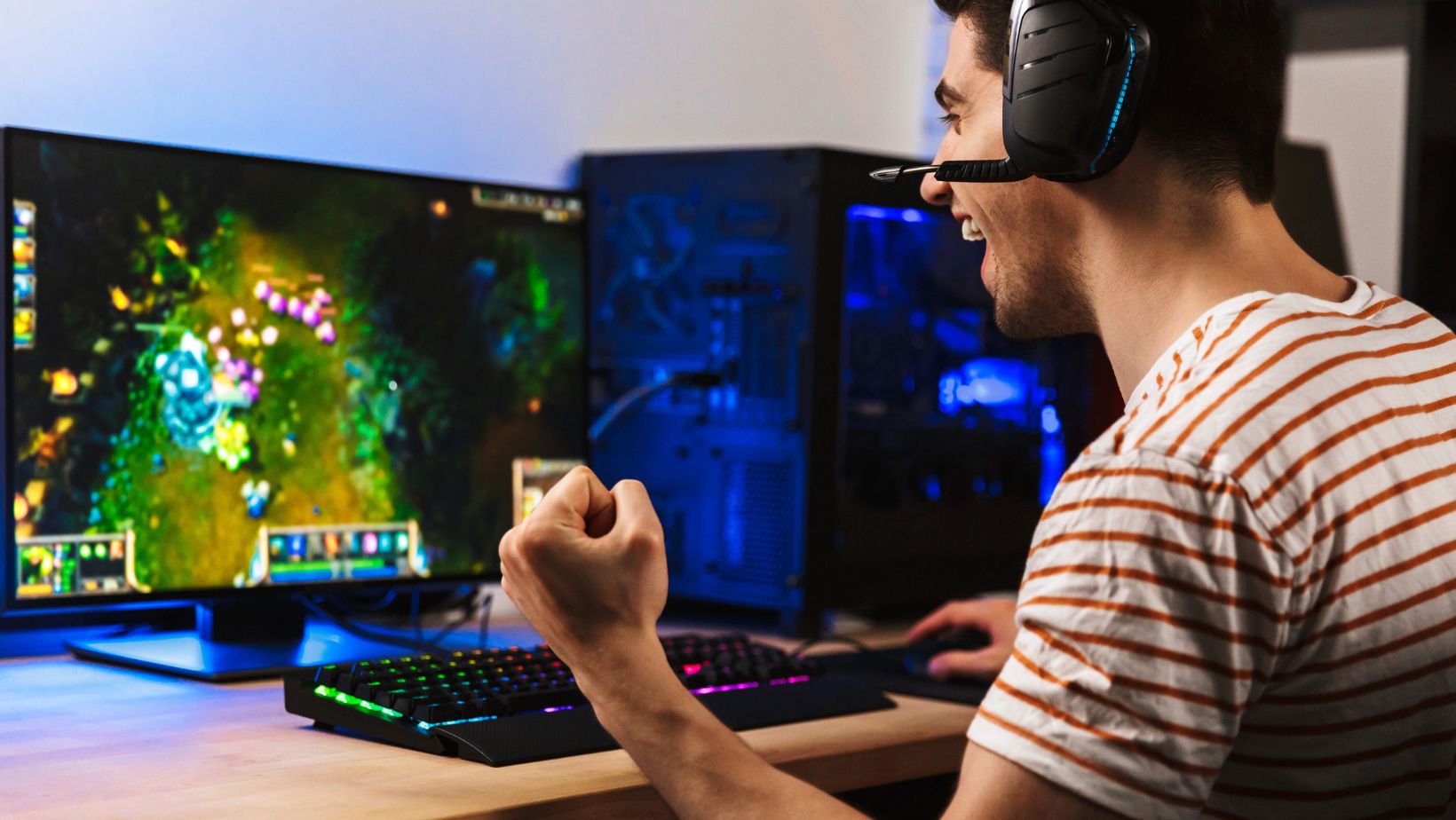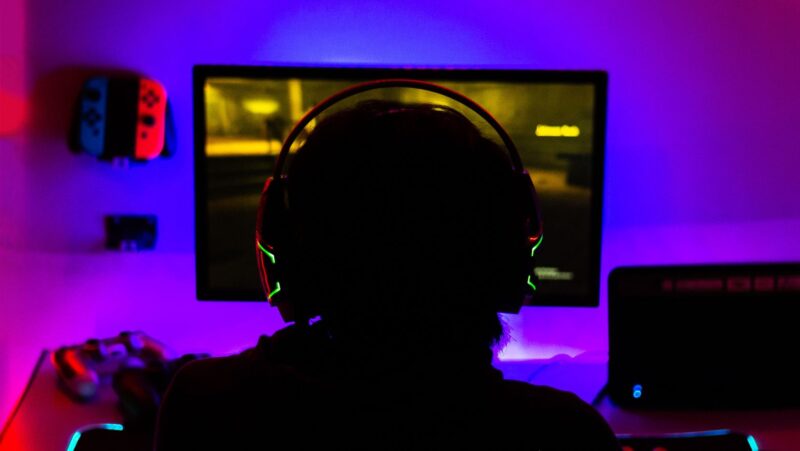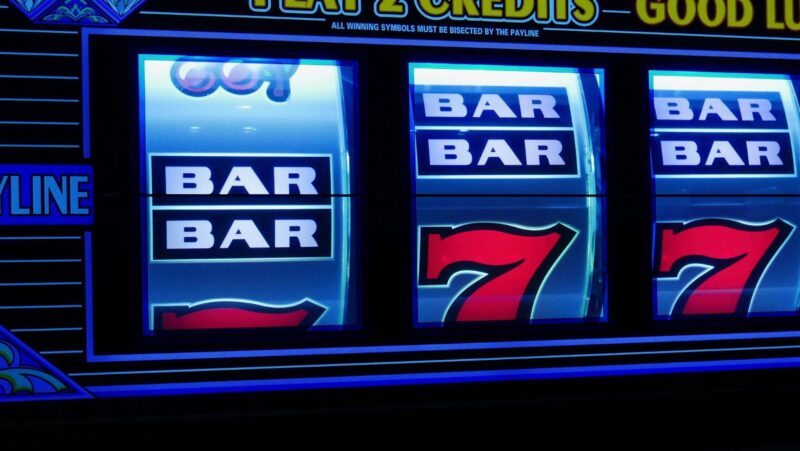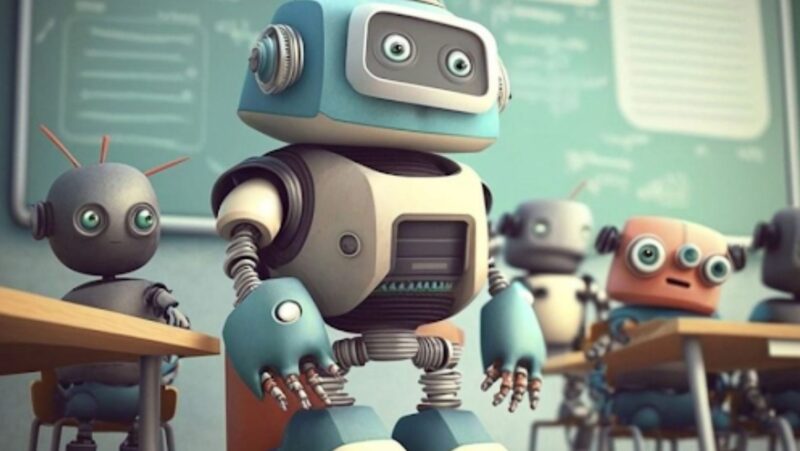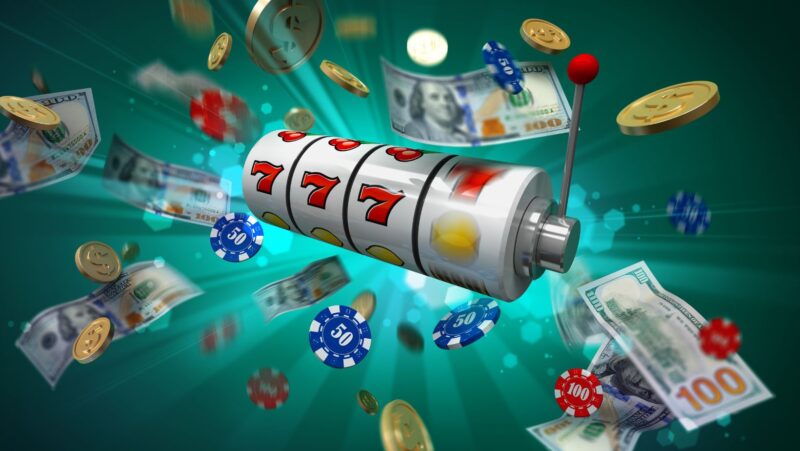The Art Style That Conquered Gaming — Manga’s Influence on Modern Games
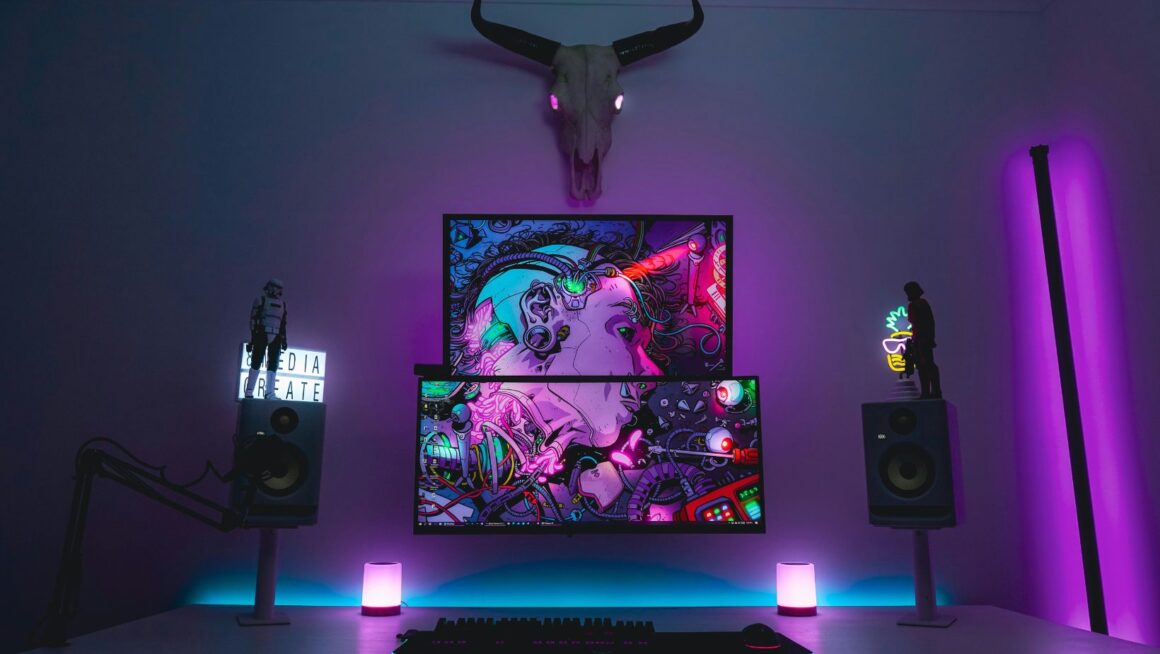
When you look at a colorful scene from Genshin Impact or Persona 5, it’s easy to see that a certain art style has taken over gaming. This look with its expressive characters and vibrant worlds feels familiar even if you don’t know where it comes from. Its roots go deep into Japanese comics called manga. Manga’s visual style has changed how modern games look and feel, affecting everything from character design to entire game worlds.
Let me show you how art techniques that started in Japanese comic books became a big part of video games worldwide. If you want to explore the amazing artwork that inspired these games, the Manga Comics collection at Honeytoon is a great place to start.
A Quick History: How Japanese Comics Went Global
Modern manga as we know it began developing in post-war Japan, with pioneers like Osamu Tezuka leading the way. He created the foundations of the visual style that would become manga’s trademark. In the 80s and 90s, manga and its animated counterpart, anime, started moving westward, slowly building an audience and opening doors for cultural exchange. For many American gamers, Japanese role-playing games (JRPGs) were their first introduction to this style.
Games like Final Fantasy and Dragon Quest showed Western audiences an art style directly inspired by manga. A perfect example is legendary manga artist Akira Toriyama, creator of Dragon Ball, designing characters and monsters for the Dragon Quest series. This was one of the first and most striking cases where manga talent directly shaped a famous video game. Toriyama brought his signature style to the game, making its characters instantly recognizable and setting the visual tone for JRPGs for decades.
Breaking It Down: Character Design
What makes manga-inspired game characters so appealing? It comes down to specific art techniques that create strong emotional connections with players. First are the famous large, detailed eyes, often called “windows to the soul.” These eyes can show subtle emotions from joy to deep sadness with minimal animation, which was especially important in early games.
Another key feature is dynamic hairstyles and bright hair colors. These aren’t just for looks but they create instantly recognizable character silhouettes. Cloud Strife’s spiky hair from Final Fantasy VII or Sailor Moon’s flowing pigtails became pop culture icons because they’re so unique. Stylized body proportions also play a big role, moving away from strict realism to favor expressiveness. Game developers often use body proportions to highlight a character’s personality or role in the story. Together, these elements create a powerful visual language that makes characters memorable and deeply relatable.
Building New Worlds: Environment Design and Mood
Manga’s influence goes beyond characters and extends to game worlds too. Dynamic panel layouts, speed lines, and dramatic angles from manga have shaped game cinematography and level design. These techniques help create a sense of movement and tension, making cutscenes and gameplay more exciting. Also, manga often mixes everyday settings with fantastic elements, placing magical events in familiar modern landscapes. This approach works well in games like the Persona series, where demon battles happen on realistic Tokyo streets.
Many manga-inspired games choose strong artistic style over photorealism. Cel-shading technology, for example, imitates 2D drawings, giving games a “cartoon” look that stays fresh years after release. Great examples include:
- The Legend of Zelda: The Wind Waker used cel-shading to create a unique, timeless visual style that still looks fresh today
- Okami is styled after traditional Japanese ink painting (sumi-e), turning the game into a true artwork
- Jet Set Radio combined cel-shading with vibrant graffiti culture to create an unforgettable, dynamic world
This approach proves that strong artistic vision often lasts longer and makes more impact than chasing technological realism. The result is game worlds with their own character and atmosphere that pull players into a unique experience.
Today’s Scene and Where It’s Heading
Today, manga- and anime-inspired aesthetics aren’t just Japanese anymore but have become an international visual language in gaming. Successful games from China (Genshin Impact), South Korea (Tower of Fantasy), and Western studios actively use these principles. This shows how universally appealing this style is to global audiences. Developers aren’t just copying anymore but are creatively reimagining the style, creating new hybrid visuals. For example, they might combine cel-shading with realistic lighting or mix stylized characters with photorealistic environments.
Manga’s influence extends beyond visuals. Storytelling structures common in Japanese comics are also shaping narrative design in modern games. Long story arcs, complex and morally gray characters, and entire genres like isekai (stories about people transported to other worlds) increasingly form the backbone of game scripts. This enriches games, making their stories deeper and more layered. So manga influences not only how games look but also what stories they tell.
Manga’s Influence on Indie Games and Western Studios
Manga’s visual style isn’t just for big-budget games anymore. Indie developers have embraced these aesthetics to create memorable experiences on smaller budgets. Games like Hollow Knight and Hades blend manga-inspired character designs with Western art styles to create something fresh and unique. The distinct visuals help these games stand out in a crowded marketplace.
Western AAA studios have also caught on to manga’s appeal. Games like Borderlands use cel-shading techniques inspired by manga to create their distinctive comic-book style. Even realistic games like The Last of Us Part II incorporate manga-inspired framing and dramatic camera angles in their storytelling.
For players new to manga-inspired games, titles like Persona 5 Royal, Final Fantasy VII Remake, and Genshin Impact offer perfect entry points. Each showcases different aspects of manga’s artistic influence while delivering engaging gameplay experiences.
Where It All Began
Manga’s impact on gaming is undeniable and far-reaching. From character designs that become icons to entire worlds that capture our imagination, artistic techniques born in Japanese comics have shaped how modern games look. They’ve enriched gaming’s visual language and given developers powerful tools to create emotional connections with players.

